
A high-speed, head-on collision between a freight train and a passenger train took place in Greece late on Tuesday, which caused carriages to derail and catch on fire.
The passenger train, Inter City 62, was moving on the same track as the freight train, at a speed of at least 150 km/h for 25 km without the driver being aware of the upcoming collision.
This event was the deadliest train accident in Greek rail history, where 44 people have lost their lives and 57 have been injured so far.
No official report about the reasons leading to the accident has been established yet. However, the local station master is facing serious allegations after reportedly admitting that a human error caused the two trains to collide.
More specifically, previous damage to power cables caused deviation from the standard routes and track changes had to be made manually. The most likely scenario so far is that the required track change was not made, and the two trains ended up moving on the same route.
Finally, Efthymios Lekkas, president of the Organization of Antiseismic Planning and Protection (OASP), noted that the results could have been much worse, had the collision taken place inside the nearby tunnel.
Sources: ertnews.gr, ertnews.gr, ertnews.gr, ertnews.gr, reuters.com, skai.gr
Want to read more like this story?
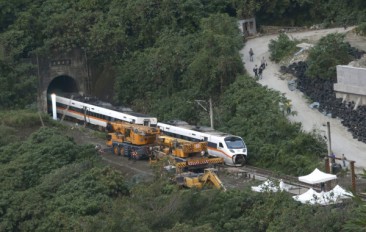
Train derails into a tunnel in Taiwan: 50 people dead
Apr, 12, 2021 | News50 passengers have been reported dead and numerous more injured after a train derailed into a tunnel...

Freight train derailed in Massachusetts, U.S.A.
Mar, 23, 2023 | NewsA freight train was derailed in Ayer, Massachusetts, on Thursday, March 23. More specifically, th...
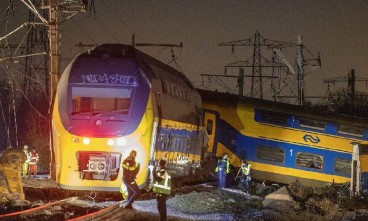
Passenger train derailed in the Netherlands after collision with construction crane
Apr, 04, 2023 | NewsA passenger train collided with a crane near Voorschoten, the Netherlands, around 3.25 a.m. in the...
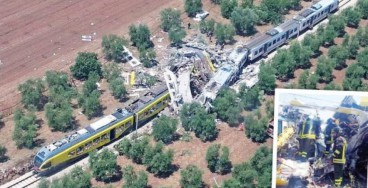
Trains collide in South Italy at 110 km/hr. Twenty-three die
Jul, 15, 2016 | NewsOn Tuesday July 12th, a serious train collision occurred in Italy. The crash was between two t...

Passenger train derailed near Cairo, Egypt
Mar, 07, 2023 | NewsA derailment took place on Tuesday night, when a train heading from Cairo to Menouf, a city in the...
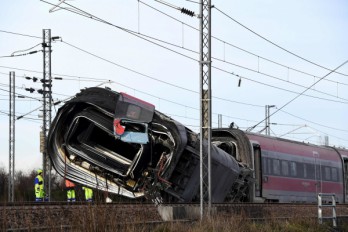
Train derailment in Italy: 2 casualties
Feb, 07, 2020 | NewsThe derailment of a high-speed train in Italy resulted in 2 fatalities and numerous injuries. The...
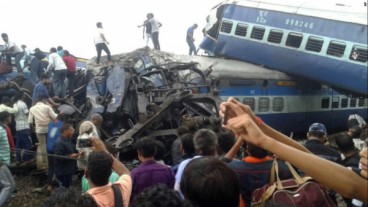
Train derails in India, leaving 23 people dead and at least 74 injured
Aug, 21, 2017 | News‘Unofficial’ track maintenance could be the reason behind the train accident ‘U...

China tests first driverless sky train
May, 09, 2023 | NewsChina’s first driverless sky train had its first trial run on May 9, in Wuhan’s hi-tech park. This...

China successfully tests new high-speed trains at top speeds of 453 km/h
Jul, 01, 2023 | NewsChina Railway announced on the first of July that successful performance tests had been conducted o...
Trending

Vertical gardens in Mexico City to combat pollution

Characteristics of Load Bearing Masonry Construction

Taipei 101’s impressive tuned mass damper

Dutch greenhouses have revolutionized modern farming
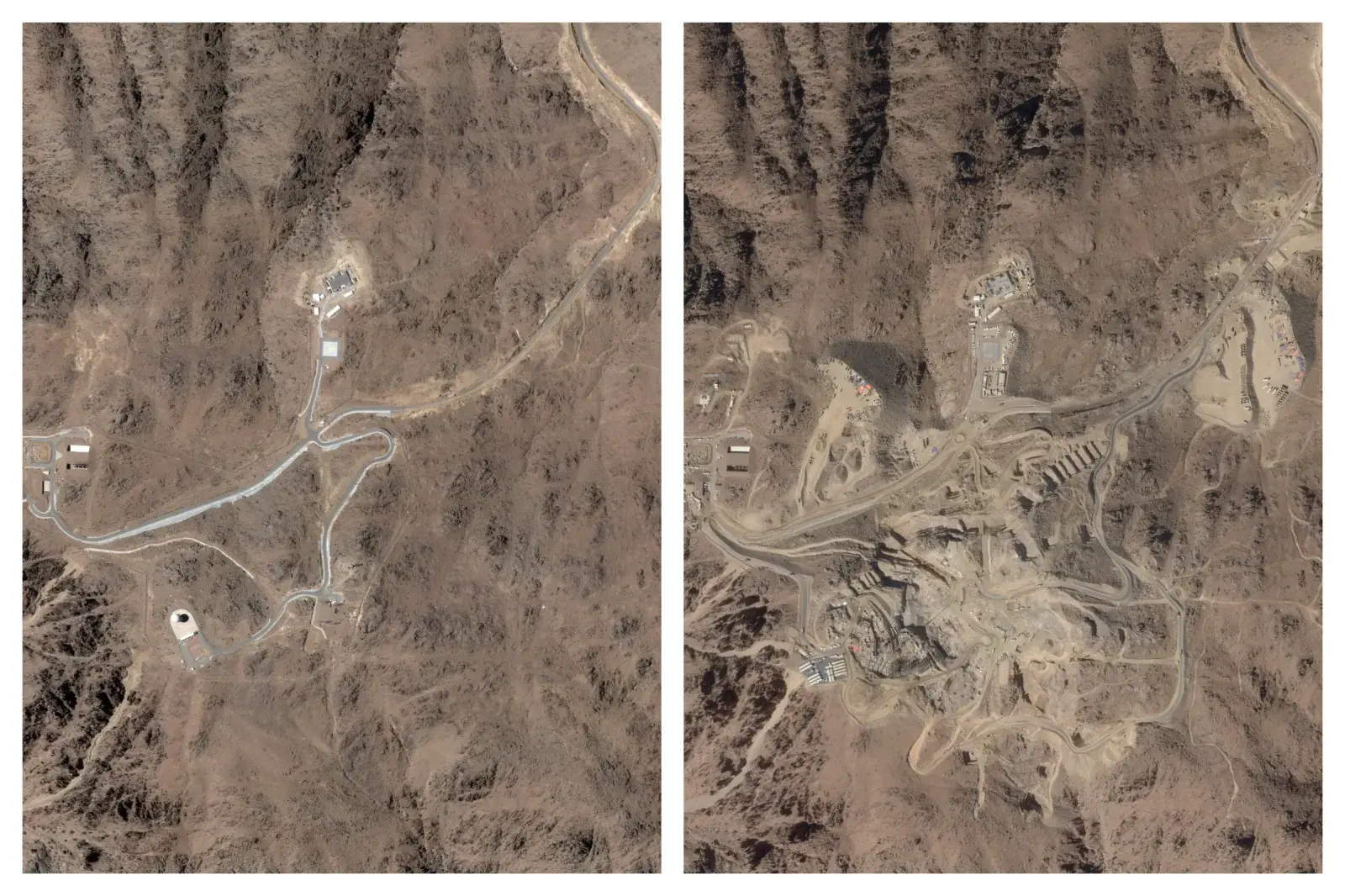
The Line at Neom faces feasibility reassessment while construction continues

The Line at Neom faces feasibility reassessment while construction continues

King Salman Gate unveiled adjacent to Mecca’s Grand Mosque

